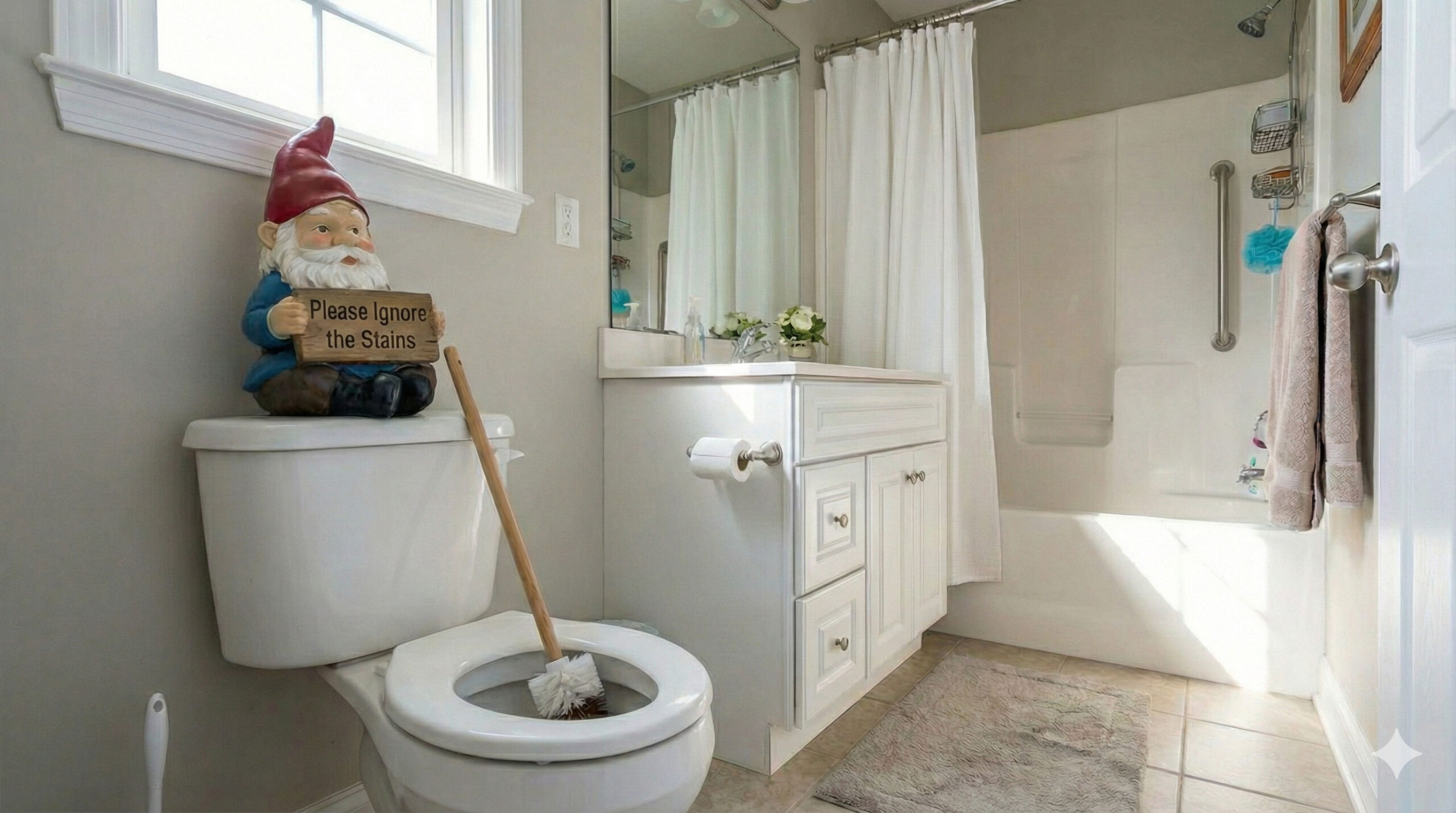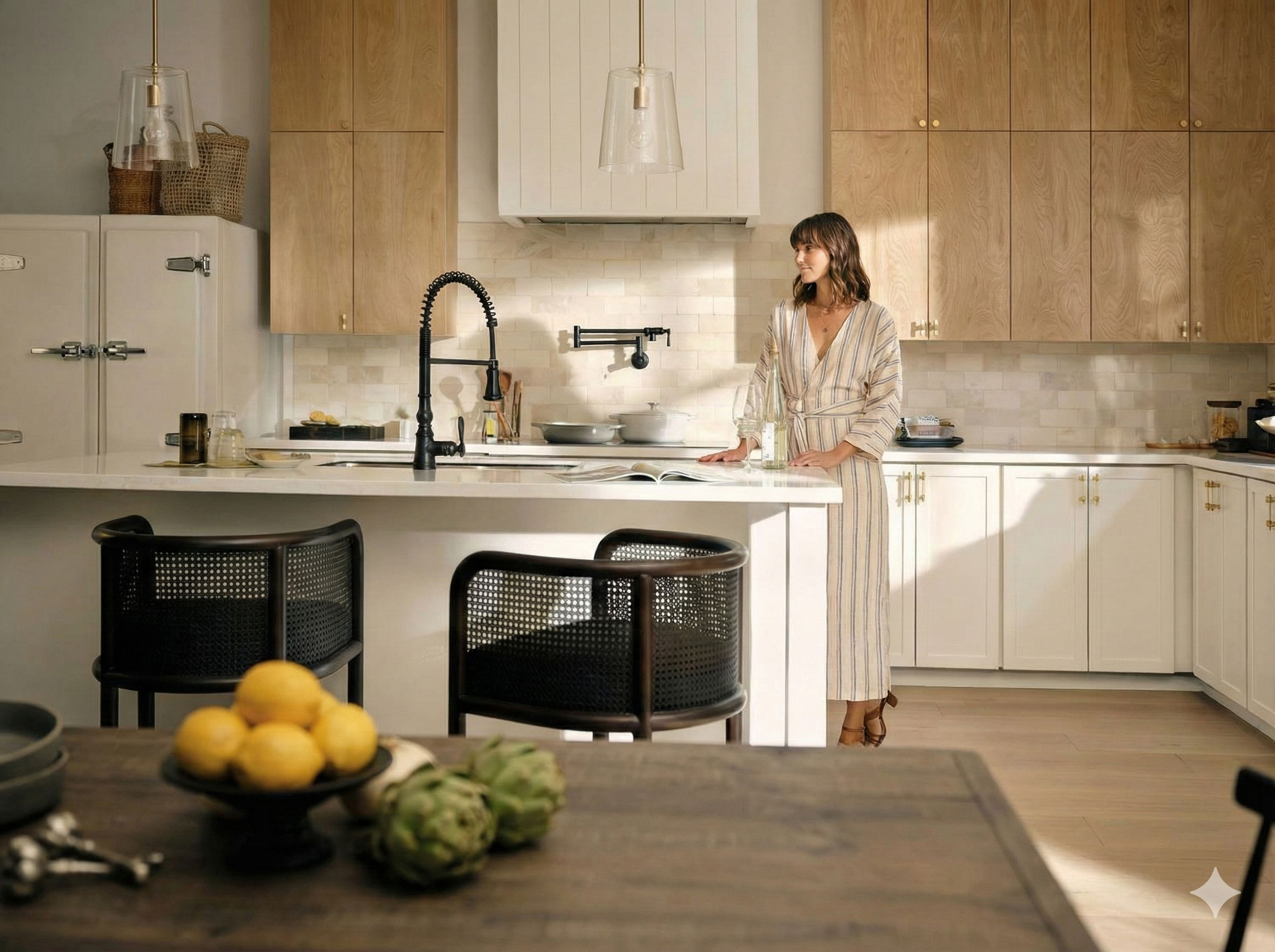Introduction
These five kid-friendly experiments use common supplies to demonstrate filtration basics—then connect each concept to smart residential options. (Do not drink the demo water; use soil/tea/food dye only.)
Materials At a Glance
Clear plastic bottles or funnels · coffee filters/cloth · paper towels · cotton fabric · rubber bands · cups/jars · measuring cup · timer · gravel/pebbles · clean sand · activated carbon (aquarium aisle) · food coloring or brewed tea · clean soil/potting mix · notebook/phone for photos.
Experiment 1 — Classic Layered Bottle Filter (Gravel → Sand → Charcoal)
Goal
See how layered media remove visible dirt and improve taste/odor.
Quick Steps
- Bottle-top funnel with coffee filter.
- Add layers: charcoal (bottom) → sand → gravel (top).
- Pour a fixed volume of “dirty” water; collect and compare.
Measure
- Time to process 250 mL.
- Clarity (photo against white paper), any odor change.
Home Connection:
Most of our water filtration systems utilize layered technologies and are designed to improve taste, odor, and overall water quality.
Explore further: NASA JPL Education — Make a Water Filter
Experiment 2 — Sedimentation + Decanting + Simple Filter
Goal
Show how settling heavy particles first keeps filters from clogging and extends life.
Quick Steps
- Mix 1 tsp soil into water; let stand 5–10 minutes.
- Carefully decant the clearer top layer through a coffee filter.
Measure
- Before/after turbidity; note filter speed vs filtering immediately.
Home Connection
For homes on private well systems where the water has a high level of sediment, prefiltration will extend the life of your whole home filtration systems.
Explore further: American Chemical Society — “Cleaning Water with Dirt” (PDF)
Experiment 3 — Prefilter Showdown (Coffee Filter vs Paper Towel vs Cotton Cloth)
Goal
Compare materials for the trade-off between flow speed and clarity.
Quick Steps
- Mount coffee filter, paper towel, and cotton cloth on separate funnels.
- Pour equal volumes through each; time the runs.
Measure
- Flow time for 200–250 mL.
- Clarity score (read text through cup, 1–5).
Home Connection
All of our Ultraviolet Filtration Systems are installed with a 5 micron filter before them to protect the quartz sleeze inside.
Explore further: Science Buddies — Which Filtration Material Leads to the Best Drinking Water?
Experiment 4 — Activated Carbon Effect (With-Carbon vs No-Carbon)
Goal
Demonstrate adsorption of dissolved color/odor (tea or food dye).
Quick Steps
- Build two small filters—one with carbon, one without.
- Run equal volumes of tea/dyed water; compare results.
Measure
- Color intensity (1–5) and any odor reduction.
Home Connection
Our whole home carbon systems are designed to remove chlorine and chloramines from your water. Leaving fresh, odor-free water for your to enjoy.
Explore further: TeachEngineering — Water Filtration Project: Make Your Own Water Filters
Experiment 5 — Speed vs Clarity (Coarse-Packed vs Fine-Packed Filters)
Goal
Explore the trade-off between performance and pressure.
Quick Steps
- Build a coarse pack (gravel-heavy) and a fine pack (sand-heavy).
- Time 250 mL through each; compare clarity.
Measure
- Flow time vs clarity score; pick the “best” for speed vs polish.
Home Connection
During our expert in-home consultation our team members design solutions that are meant to address the issues with your water, while providing maximum flow rates possible.
Explore further: National Geographic Kids — Make a Water Filter
From Classroom to Home: Quick Selection Checklist
- Test first: hardness, iron, pH, TDS, and chlorine are just the beginning. We offer a whole range of testing based on your water quality and specific concerns.
- Protect upstream: Prefiltration can extend the life of systems.
- Stage smartly: Combine a point-of-entry system with a reverse osmosis drinking system for the highest quality water.
- Size for flow: Let our experts help you select the perfect system for your needs.
- Plan maintenance: Routine maintenance and service plans protect your investment.
Conclusion & Next Steps
Each activity mirrors a real residential decision: what to target, in what order, and at what flow/pressure. Start with a professional water test, then select and size equipment that balances clarity, pressure, and maintenance for your home.



